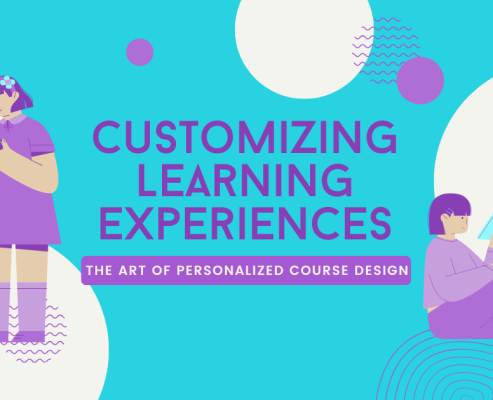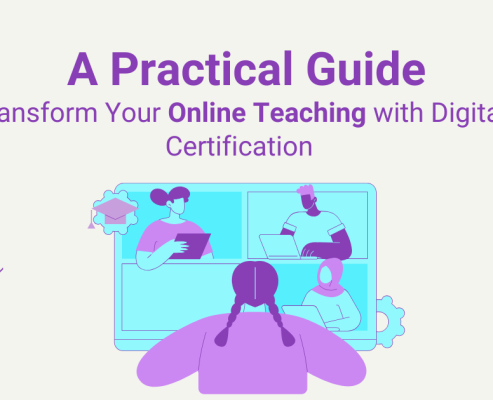In today’s digital age, the power of Learning Management Systems (LMS) is revolutionizing education. An LMS offers a centralized platform that simplifies the teaching process, enhances student engagement, and streamlines administrative tasks. For teachers, understanding the essential features of an LMS is key to unlocking its full potential and transforming the educational experience.
- User-Friendly Interface
A user-friendly interface is critical for teachers to navigate the LMS efficiently. An intuitive design reduces the learning curve, allowing educators to focus more on teaching and less on managing the system. Look for an LMS that offers easy access to course materials, assignment submissions, and grading tools.
- Comprehensive Course Management
Effective course management features are the backbone of any robust LMS. Teachers should be able to create, organize, and distribute course content seamlessly. This includes uploading multimedia resources, creating quizzes and assignments, and setting up discussion forums. A well-organized course structure enhances student learning and keeps them engaged.
- Advanced Assessment Tools
Assessment is a crucial part of the educational process. An LMS should offer a variety of assessment tools to cater to different learning styles and objectives. This includes automated quizzes, peer assessments, and detailed grading rubrics. The ability to provide timely and constructive feedback is essential for student growth and improvement.
- Analytics and Reporting
Analytics and reporting features provide valuable insights into student performance and engagement. Teachers can track attendance, monitor progress, and identify areas where students may need additional support. Detailed reports help in making data-driven decisions to enhance the learning experience and achieve better outcomes.
- Collaboration and Communication Tools
Effective communication and collaboration are vital for a successful learning environment. An LMS should include tools such as discussion boards, chat features, and video conferencing capabilities. These tools facilitate interaction between teachers and students, fostering a sense of community and encouraging collaborative learning.
- Mobile Accessibility
In today’s mobile-centric world, having an LMS that is accessible on mobile devices is a must. Mobile accessibility ensures that teachers and students can access the platform anytime, anywhere. This flexibility supports continuous learning and allows teachers to manage their courses on the go.
- Customization and Personalization
Every educational institution has unique needs. An LMS should offer customization and personalization options to align with specific teaching styles and curriculum requirements. This includes customizable dashboards, personalized learning paths, and adaptive learning technologies that cater to individual student needs.
- Integration Capabilities
Integration with other educational tools and platforms enhances the functionality of an LMS. Look for an LMS that supports integration with popular tools such as Google Classroom, Zoom, and various educational apps. Seamless integration simplifies the workflow and enriches the learning experience.
- Security and Privacy
Ensuring the security and privacy of student data is paramount. A reliable LMS should comply with data protection regulations and offer features such as secure login, data encryption, and user access controls. Protecting sensitive information builds trust and creates a safe learning environment.
- Support and Training
Lastly, robust support and training resources are essential for the successful implementation of an LMS. Look for platforms that offer comprehensive training materials, user guides, and responsive customer support. Continuous professional development opportunities help teachers maximize the potential of the LMS.
Conclusion
Unlocking the power of an LMS lies in understanding and leveraging its essential features. A well-chosen LMS can transform the teaching and learning experience, making education more effective, engaging, and accessible. By focusing on user-friendly design, comprehensive course management, advanced assessment tools, and strong support systems, teachers can harness the full potential of an LMS to enhance their educational impact. Embrace the future of education with a powerful LMS and unlock new possibilities for teaching and learning.




